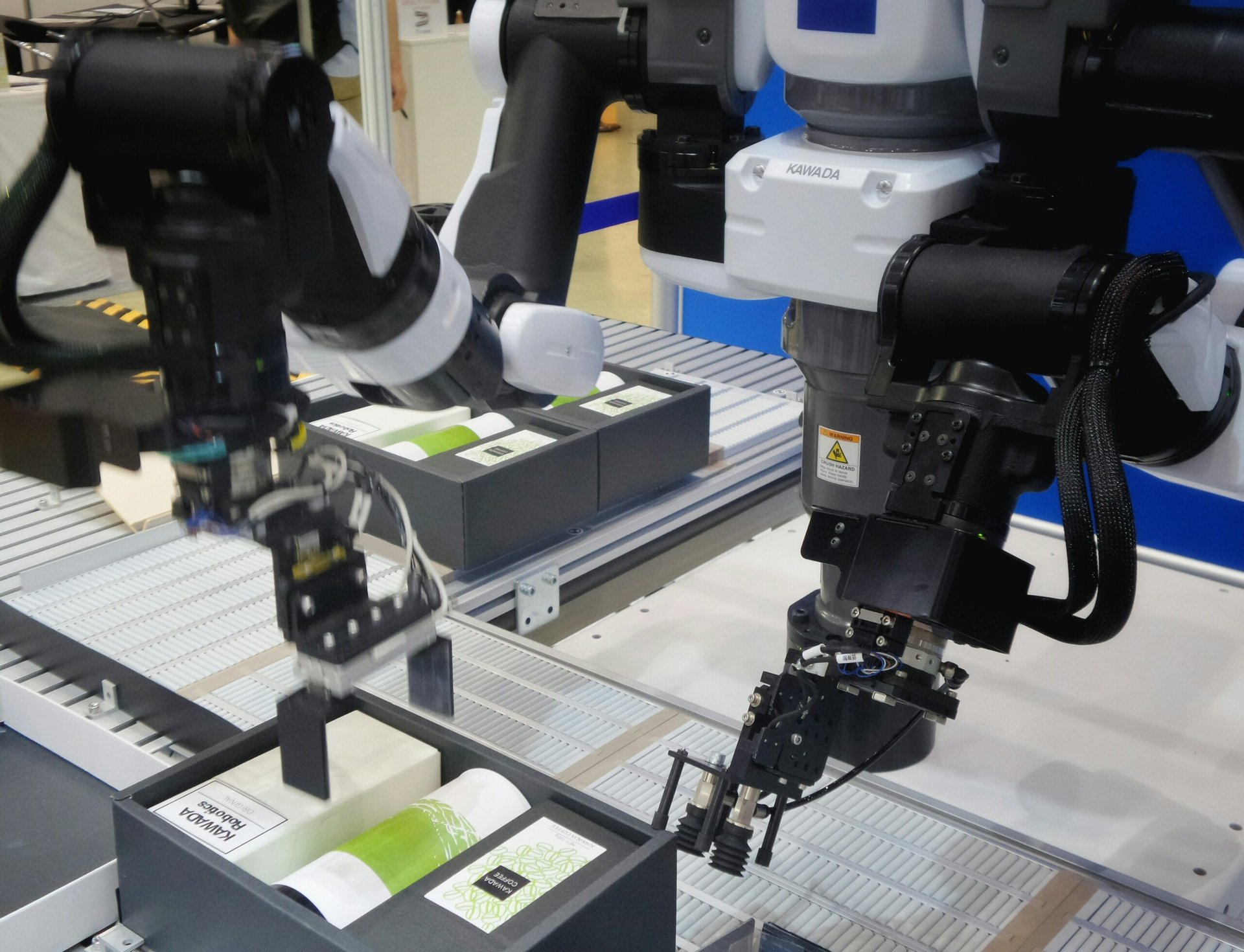
Companies are feeling pressured to insert AI into their operations.
Companies in the aerospace and defense sector expect AI to alleviate and eventually elevate operations in an often complex – and manual – industry environment.
Right now, executives and large companies are investing heavily in cognitive technologies to create more efficient and safe airspace services. Many pundits believe that AI will be critical in solving or at least mitigating the challenges that aerospace companies face: from talent and manpower shortages to digitalizing manufacturing processes and developing better, greener fuel sources.
However, an industry-wide adaptation of AI remains elusive. Compared to the automotive industry, the aerospace and defense sector needs to manage more complex data sets and validate the use of any technology in a highly complex and high-speed environment. This holds especially true for automating many functions, including air traffic management, defense solutions, and autonomous aircraft.

UAVs may soon become fully autonomous.
AI through the lens of aerospace
The main avenues
While the use of AI to engage customers through chatbots and similar technologies is being explored, the main use cases in aerospace and defense that companies are focused on are analytical and operational in nature.
Cognitive insight
The first use case uses vast data sets to train AI to predict, forecast, gain insight, or detect patterns and interpret their meaning. Aerospace companies are looking to digitalize their manufacturing processes to take advantage of massive amounts of data, which will enable them to predict failure before it happens, optimize processes, and research better methodologies and technologies.
This branch of AI is rapidly maturing and seeing widespread use in other industries. Companies are now able to address and digest the more complex problems in their industries through the help of complex data and artificial intelligence to sort through and generate actionable insights from them.
The big thing for aerospace companies is being able to scale up and invest on building more complex AI programs. To achieve this would mean at least matching or exceeding the automotive industry’s level of artificial intelligence utilization.
Process automation
Operational AI aims to take the benefits of artificial intelligence and bring them into the real world to help deliver products and services. From flying planes to creating self-adapting manufacturing chains, aerospace companies will benefit tremendously from AI in an operations standpoint.
In contrast to more analytical functions however, developing methodologies and toolchains is only in its infancy. However, aerospace and defense companies are optimistic about its effectiveness in the long term.
Combining engagement with cognitive insight
Small and large language models have already been helping many people with work, life, and careers by utilizing them to solve problems or garner insight using the power of neural networks. The same avenues could be accessed by AI for aerospace and defense. This includes speeding up the design process, simulating environmental factors, and providing a dynamic internal employee resource for company knowledge and processes.
A recent example is SEBank in Sweden, which has already implemented a cognitive IT helpdesk to assist its employees.
Current challenges
Bottlenecks
One of the challenges in aerospace and defense companies, where many processes still need to be fully digitalized, is that there is often a gap between knowledge and having access or gaining utility with it.
Either this knowledge still needs to be functionally distributed in its total capacity, or access to the knowledge may exist, yet certain technological or process limitations obstruct an organization’s ability to extract useful information. This is often the case in aerospace and defense manufacturing, as supply chain challenges and other factors, such as a partially realized digital environment, prevent A&D companies from taking advantage of massive amounts of manufacturing and systems data.
Inadequacy
Companies may have access to a torrent of information and data but inadequately exploit it simply because they lack manpower or computational resources.
Scaling
The industry’s complexity means that scaling cognitive operations will require significant manpower, resources, and testing and validation to ensure reliability, safety, and replicability. Organizations will need to handle numerous complicated data sets from varying sources.
Projected use-cases

Since artificial intelligence is still largely in its discovery phase, developing other more specific and sophisticated use cases may take a while. This does not mean that implementing the more known utilities isn’t nuanced.
A robust development system across the sector is needed for us to fully realize the depths of AI in operational activities, but needless to say, some progress has already been made towards making that reality possible. With the emergence of technologies like digital twins and the Internet-of-Things, many previously inaccessible datasets will become vital to developing better, more efficient, and even greener products & services.
Factory automation and assistance
Over the past 15 years, the A&D sector has been plagued by an inefficient supply chain that has caused overruns, delays, and other headaches. To this day, companies still feel the effects of major supply chain problems, which have cost companies billions of dollars in unnecessary and unexpected costs.
Prerequisite to the benefits of automation, many processes and facilities must be digitalized so that machines and labor can be tracked separately, comparatively, and optimized automatically.
One solution to automating is using cobots or robots to assist humans in general-purpose work on factory floors and typical production lines. They offer a cheap, flexible way to incorporate automation into production.
These cobots still need to be programmed, and that’s where AI comes in. In exchange for more expensive solutions, cobots can be trained on thousands of tasks and work on many machines while being customized for specific needs. They are easy to scale at a dramatically lower cost and can be implemented almost immediately.
Air traffic management
It is predicted that aerospace demands will completely overwhelm human air traffic controllers. With the addition of drones and air taxis, known as urban air mobility systems, in 15 to 20 years, 30 times the volume of air traffic will fly over large cities such as Los Angeles. Humans would be hard-pressed to crunch all of that data and manage to make safe and secure aerospaces.
Plus, while there is already a talent shortage, simply adding more humans to this task is not an option. Ultimately, AI that can process large amounts of data quickly is a critical factor in making urban air mobility accessible, safe and commercialized.
Autonomous Aircraft
Obviously, a clear third use case is self-driving vehicles that can safely ferry passengers and cargo. The future of aerospace is an AI system that is fully capable of reacting and evaluating airspace to make decisions that ensure safety and efficiency and act reliably on its mission.
Conclusion
To develop and integrate AI into our aerospace programs, we must create robust development environments that encourage wide testing and validation. Companies must supplement this massive task with the full force of other emerging technologies, such as digital twins & the Internet-of-Things. Organizations must also fill in the skill gaps with data engineering and science, software engineering, and cognitive technologies.



